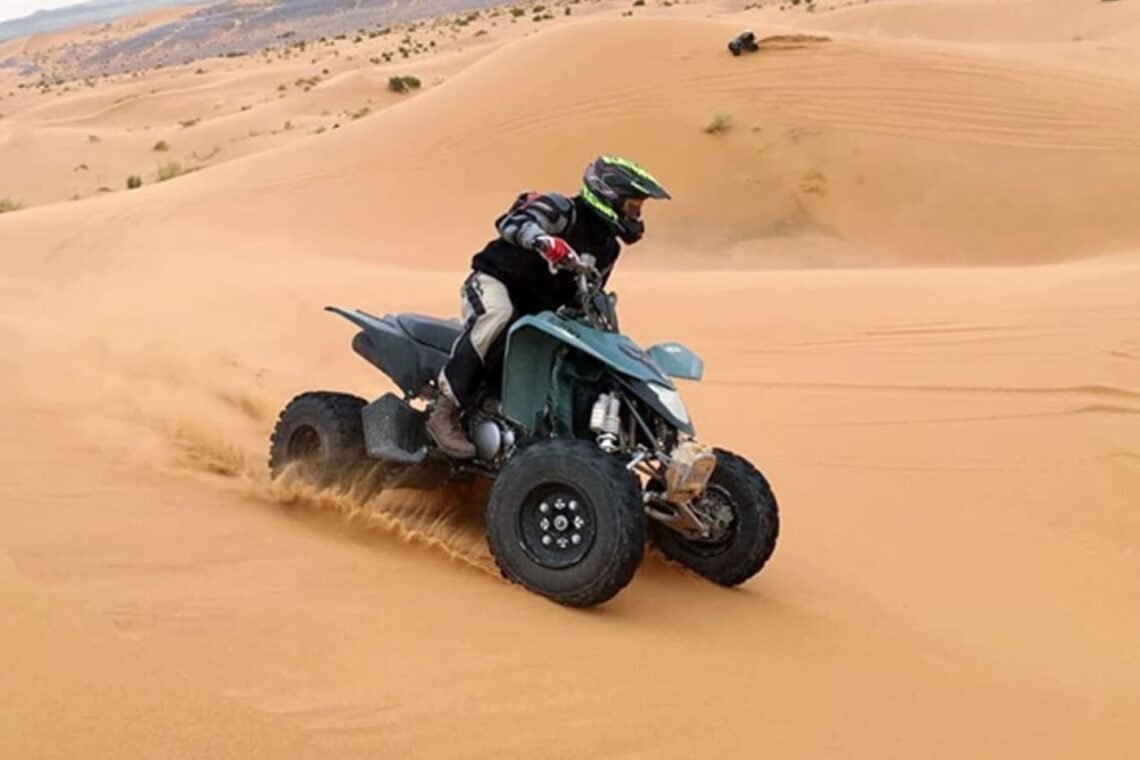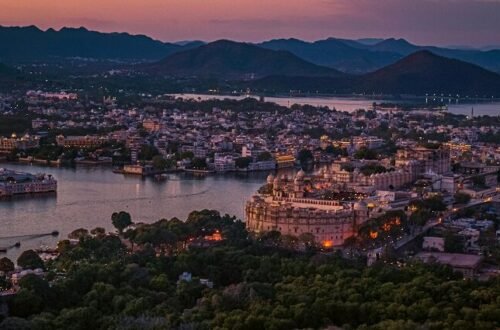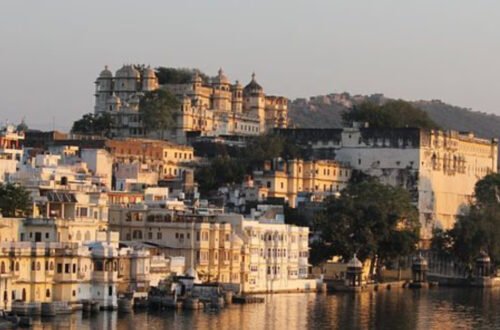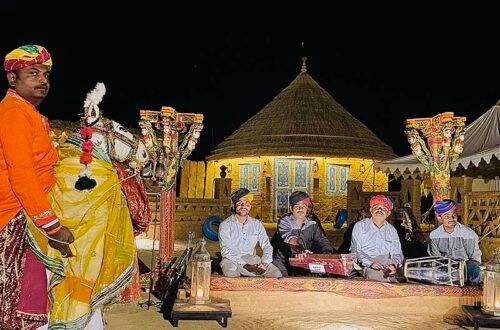Exploring the Thar Desert around Jaisalmer is an immersive journey that reveals the natural rhythms, traditions, and lifestyle of the desert. For those interested in understanding how a day unfolds for a desert traveler or guide—this step-by-step walkthrough offers deep insight. From the early morning chill to the warmth of cultural drumbeats in the evening, every part of the day offers a unique perspective of desert life.
Morning: Waking with the Dunes
The desert begins its day quietly. Just before sunrise, the air is cold and still. Desert explorers often start their mornings by preparing for the day’s trek or safari. Light layers are essential, as the temperature rises rapidly after 7 AM. A traditional breakfast, often including bajra roti, gur, and spiced tea, gives energy for the day ahead.
- Camel Handling: Many locals begin their morning by feeding and grooming their camels. These animals are crucial for mobility in the desert.
- Loading Supplies: Food, water, and essentials are packed onto camels or jeeps, depending on the journey planned.
- Mapping the Route: Depending on weather, visibility, and tourist schedules, guides determine the best trails through the dunes.
Late Morning: Navigating the Thar on Camelback
By 9:00 AM, movement begins. Whether the journey is short or extended, camel rides are still preferred for authentic exploration. A typical ride includes visits to dune belts, fossil-rich areas, and seasonal vegetation patches.
- Desert Navigation: Explorers use visual cues like dune formations and sunlight angles instead of digital tools.
- Cultural Conversations: On the way, it’s common to stop at small settlements where you can interact with desert communities.
- Water Management: Managing water consumption is key; both for travelers and animals. Stops for rest and hydration are well planned.
For those not venturing on long trails, shorter loops around the dunes are ideal, especially during moderate seasons.
Midday: Shelter and Stillness
By 12:00 PM, the heat becomes intense. At this time, exploration halts and shade is sought. Many explorers return to base camps, while others rest under makeshift tents or shaded desert vegetation.
If you’re staying in a Luxury Tent in Jaisalmer, midday is typically spent relaxing indoors. These tents are equipped to withstand the afternoon heat and provide a comfortable break with local meals and traditional setups.
During this quiet time:
- Desert Stories: Guides often share oral histories and legends of the desert passed down through generations.
- Crafting and Music: Locals sometimes engage in small handcraft work, or practice their instruments for evening performances.
- Preparation for Evening: Instruments, costumes, and meal preparations begin for the cultural events after sunset.
Late Afternoon: Adventure Returns
Around 4:00 PM, as the desert begins to cool, activity resumes. Explorers use this time to either hike across small dunes, photograph the changing shadows, or set up camps for night stays.
- Jeep Safaris: For those looking for faster movement, desert jeeps are used to explore deeper dune regions.
- Sand Activities: Travelers and locals often enjoy sandboarding or climbing to higher points for panoramic views.
- Sunset Planning: The time and location for sunset viewing is decided, often near the tallest accessible dune.
Sunset is a focal point in a desert day—it’s when the entire landscape turns golden and the desert appears to glow.
Evening: Sunset to Cultural Rhythms
By 6:00 PM, the temperature drops and the evening spectacle begins. Explorers often climb dunes to watch the sun set behind the sand horizon. This is not just a visual experience—it marks a shift in the desert atmosphere.
Back at camp:
- Bonfire Lighting: A central bonfire is prepared. It becomes the hub for gathering, warmth, and stories.
- Rajasthani Folk Music: Instruments like the sarangi, dholak, and algoza accompany traditional songs and dances.
- Local Cuisine: Dinner is often served buffet-style or in traditional thalis, featuring desert specialties like ker sangri, dal baati churma, and chhachh (buttermilk).
The beating of drums and swirling of dancers’ skirts continues into the night, offering a look into the celebratory aspect of desert life.
Night: Stargazing and Reflection
After the performances end, silence returns. The desert sky becomes a blanket of stars—visible without light pollution. For explorers, this is a time for reflection or quiet walks on the cool sand.
- Astronomy: Some desert guides are skilled at identifying constellations and celestial bodies, explaining desert navigation using stars.
- Campfire Talks: A final chat near the embers of the bonfire, with stories of desert folklore, often closes the day.
- Rest: Those staying in a Desert Camp in Jaisalmer retreat to their tents, letting the desert night cradle them in peace.
For travelers continuing their journey the next day, organized routes like the Jaipur to Udaipur Taxi are commonly used for smooth intercity transitions.
A day in the life of a desert explorer in Jaisalmer is not defined by a schedule, but by nature’s rhythm. The environment shapes every decision, from the time of movement to moments of rest. It’s a lifestyle that blends patience, tradition, and an intimate relationship with the land. Through every drumbeat and dune, the desert tells a story that’s meant to be lived, one hour at a time.





